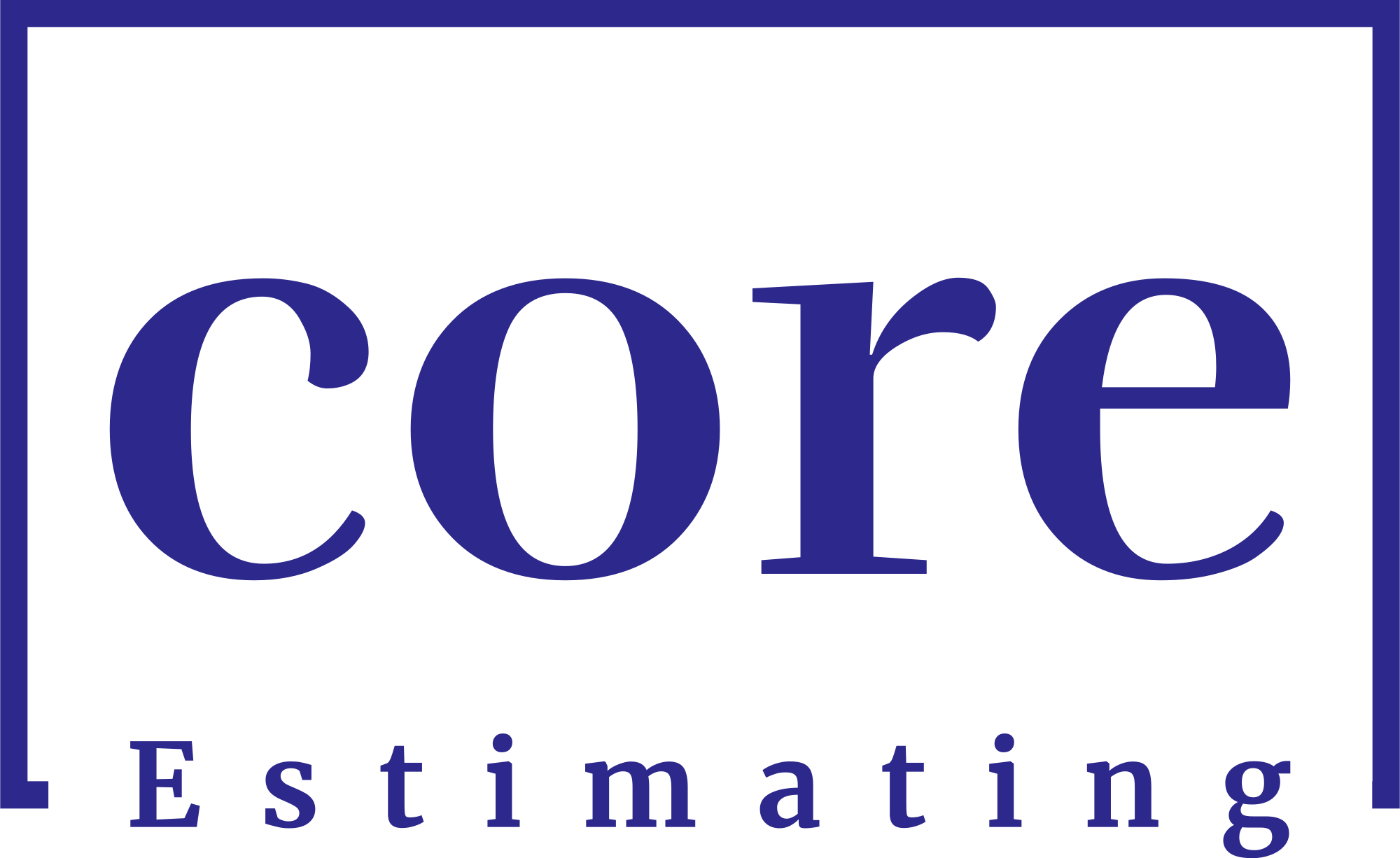When it comes to the construction industry, placing successful bids is crucial for business growth and sustainability. However, the process of bidding can be complex and challenging. In this article, we will guide you through the steps of effectively placing bids for construction projects. Whether you are a seasoned contractor or a newcomer to the industry, these strategies will help you enhance your bidding process and increase your chances of winning lucrative projects.
If you’re in need of construction estimate services, simply go to homepage or follow the links below:
| Services | Links |
|---|---|
| Detailing Services | Link |
| Building Information Modeling | Link |
| General Contractor | Link |
| Subcontractors | Link |
| MEP | Link |
Understanding the Project Requirements
The first step in placing a successful bid is to thoroughly understand the project’s requirements. Analyze the project documents, plans, and specifications provided by the client. Identify the scope of work, project timeline, and any unique challenges that may arise during construction. Pay close attention to the client’s preferences and specifications to align your bid with their expectations.

Conducting a Comprehensive Site Visit
Before finalizing your bid, conduct a comprehensive site visit Core Estimating. Visiting the construction site allows you to assess the actual conditions on the ground, which may not be evident from the project documents alone. Take note of any potential obstacles or opportunities that could impact your bid. By understanding the site better, you can create a more accurate and competitive proposal.
Accurate Cost Estimation
One of the critical elements of a successful bid is an accurate cost estimation. You need to calculate all the direct and indirect costs associated with the project. Direct costs include labor, materials, equipment, and subcontractor expenses, while indirect costs comprise overhead expenses like insurance, permits, and administrative fees. An accurate cost estimation ensures that you won’t underbid and lose money or overbid and lose the project to competitors.
Building Relationships with Suppliers and Subcontractors
Establishing strong relationships with suppliers and subcontractors is beneficial for your bidding process. Reliable and efficient partners can provide competitive pricing, timely delivery of materials, and high-quality workmanship. Engaging with them early in the bidding process allows you to incorporate their input into your bid and potentially gain a competitive edge.
Differentiating Your Bid
In a competitive industry like construction, finding ways to differentiate your bid is essential. Showcase your unique strengths, experience, and capabilities that align with the project requirements. Highlight successful past projects, client testimonials, and any specialized skills your team possesses. A well-differentiated bid can make you stand out among the competitors and increase your chances of winning the project.
Creating a Convincing Proposal
Your bid proposal is your opportunity to make a persuasive case for why you are the best fit for the project. Write a clear and compelling proposal that addresses the client’s needs and concerns. Use a conversational tone to engage the reader and explain how your approach will lead to a successful project outcome. Focus on the benefits the client will receive by choosing your company over others.
Strategic Pricing
While pricing is a significant factor in the bid evaluation process, it’s essential to approach it strategically. Avoid overly low pricing, as it may raise doubts about the quality of your work. Instead, aim for a competitive price that reflects the value you provide. Justify your pricing in the bid proposal, outlining the advantages of choosing your bid over cheaper alternatives.
Timely Submission
Submitting your bid on time is crucial. Delays can lead to disqualification, regardless of how strong your bid is. Prepare all the necessary documents well in advance and allow ample time for internal reviews and adjustments. Submitting a well-prepared and timely bid demonstrates professionalism and reliability.
Conclusion
Placing bids for construction projects requires a strategic and well-informed approach. By understanding the project requirements, conducting thorough site visits, and creating accurate cost estimations, you lay the foundation for a successful bid. Building strong relationships with suppliers and subcontractors and differentiating your bid through a convincing proposal will further enhance your chances of winning projects. Remember to approach pricing strategically and submit your bid on time. Embrace these best practices, and you’ll be well on your way to securing profitable construction projects.
FAQs
1. How do I find construction projects to bid on?
To find construction projects to bid on, network with industry professionals, subscribe to bid invitation services, and check online platforms that list construction opportunities.
2. Can I submit multiple bids for the same project?
While some clients allow multiple bids from the same contractor, it’s essential to assess the situation carefully. Submitting multiple bids could lead to conflicting proposals and might not be viewed favorably by the client.
3. How can I improve my bid acceptance rate?
Improving your bid acceptance rate involves showcasing your expertise, delivering quality work, meeting deadlines, and maintaining transparent communication with clients.
4. Is it necessary to include a project timeline in the bid proposal?
Yes, including a project timeline in your bid proposal demonstrates your organization and planning skills. It helps the client understand your approach to completing the project within the agreed timeframe.
5. What should I do if my bid is rejected?
If your bid is rejected, don’t be disheartened. Request feedback from the client to understand areas of improvement and use that information to enhance your future bids.






